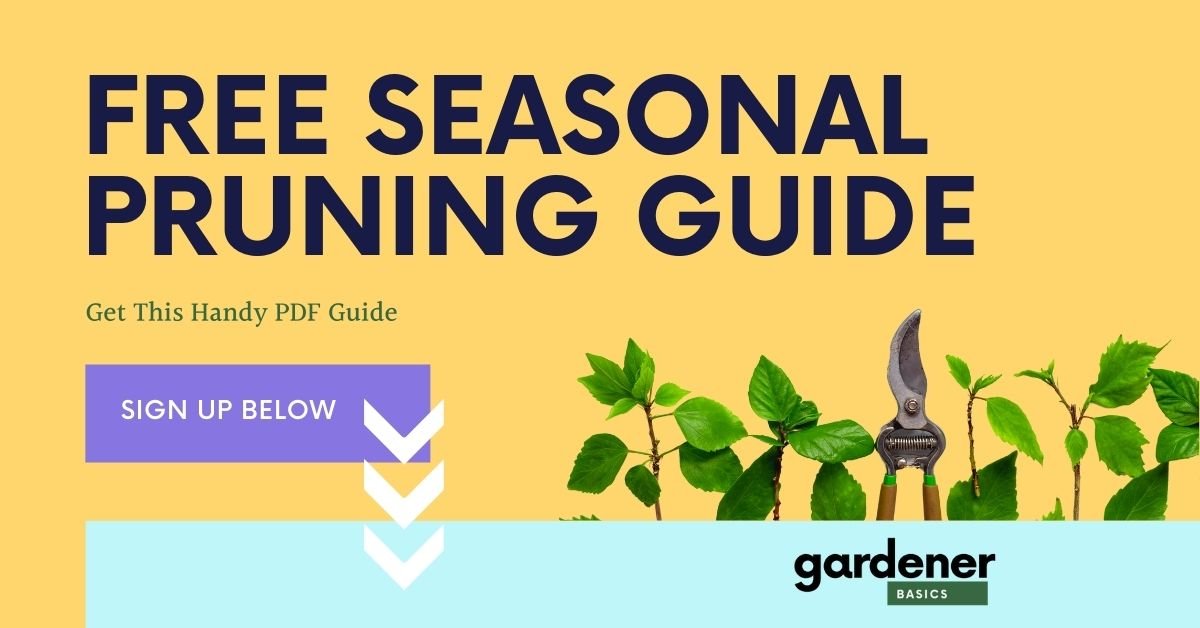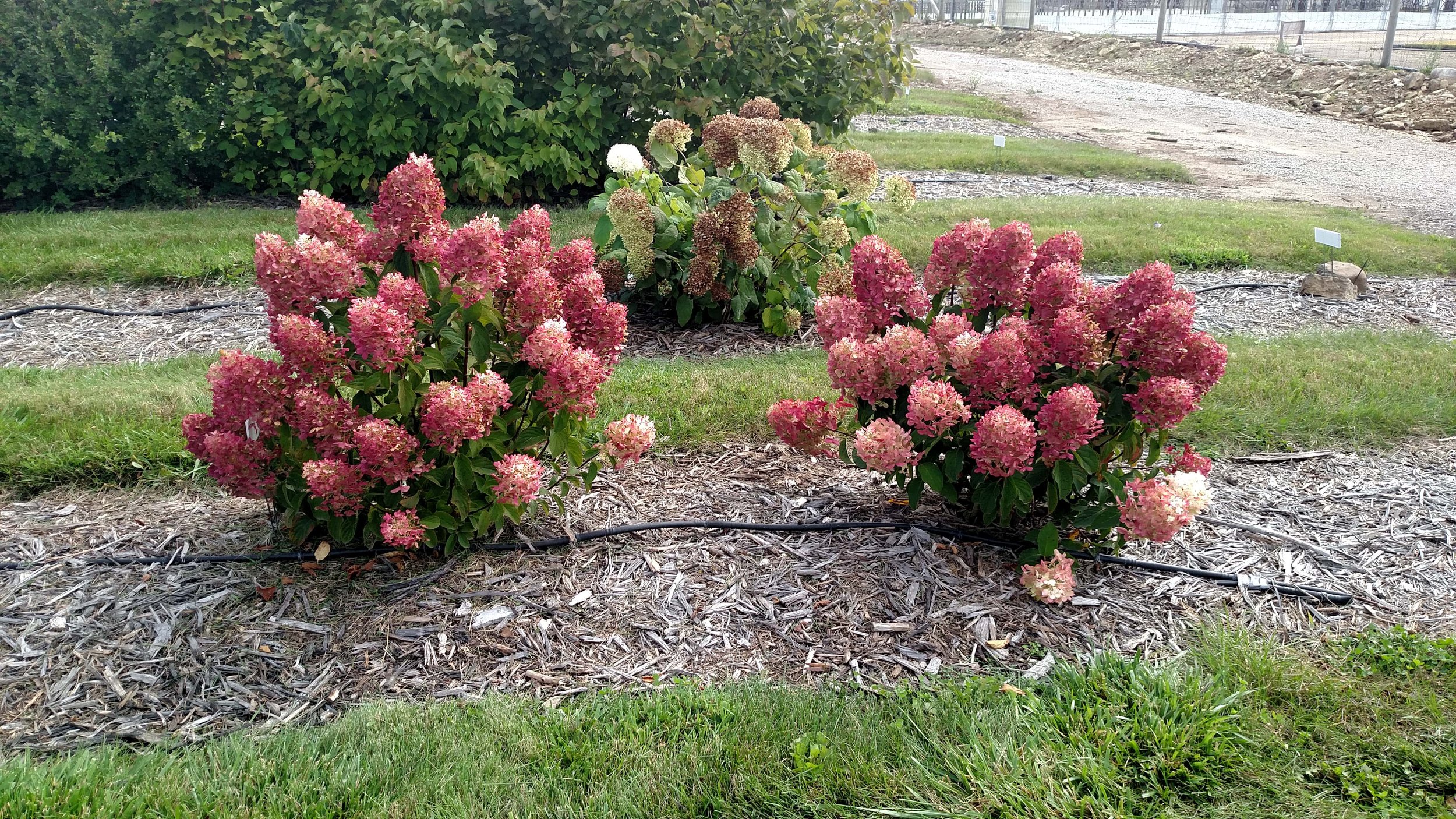Experts Say You Shouldn't Prune Your Mophead Hydrangea. I Did Anyway.
Pruning Mophead Hydrangeas
In the center of my front landscaping stands a large mophead hydrangea. For the three years, I've lived here, it has graced my garden with lush foliage, yet it has stubbornly refused to bloom. Conventional wisdom and expert advice typically advise against pruning these plants, as they bloom on old wood. However, I felt it was time for a change.
The items listed above are accompanied by affiliate links, meaning I earn a small commission if a purchase is made through my links. This has no impact on the cost to the consumer. I link to products this way whenever possible, and it has no bearing on the products I choose to review or recommend.
Why Did I Decide to Prune
Yes, it is true that Mophead or macrophylla hydrangeas bloom on old wood. This means they set flower buds the previous year and stay dormant during winter, blooming in spring or summer depending on location.
But after three years of no blooms, I couldn't help but feel that my plant was stuck. The foliage was healthy, but there were no signs of new growth or potential for flowers.
After some research and talking to fellow gardeners, I learned that sometimes hydrangeas can benefit from a good pruning. By removing dead or damaged wood, allows for new growth and potentially more blooms in the current season.
Before Pruning
My hydrangea plant was very overcrowded, with branches crisscrossing each other and a lot of dead wood that was essentially useless.
Due to the crowding, the hydrangea bush was not getting enough air circulation or sunlight. This can affect the health of the plant and prevent it from blooming (which I believe has been the case).
BEFORE Pruning. You can see there are a lot of crossing branches and not a lot of buds/growth. There is a lot of dead wood that needs to be removed.
The Pruning Process
Before pruning, I ensured I had high-quality, sharp pruning shears and loppers for thicker cuts. I sanitized them with rubbing alcohol to prevent the potential spread of diseases.
My goal was to focus solely on removing the dead wood and canes. Any sign of buds was a no-go zone for my shears. My goal was to thin out the canes without compromising the plant's ability to bloom.
How Did I Know Which Branches to Prune?
Throughout the early spring, I've been closely observing my mophead hydrangea, eagerly awaiting the emergence of buds. These buds are important signs of the upcoming flowers that will soon appear. They're small, green, and plump, clearly marking the sites of new growth and future flowers.
Pruning at this time is a deliberate choice. It allows me to distinguish between the old wood, which is vital for carrying the buds, and the dead or damaged wood that needs to be removed. Spotting the difference between dead and live wood is pivotal in the pruning process, especially with hydrangeas that bloom on old growth.
Dead wood is often dry, brittle, and may appear darker or lighter than healthy wood, sometimes with a grayish or blackened hue. It may also have a hollow or rotten appearance. Damaged wood can include branches that are broken, split, or showing signs of disease or pest infestation, such as unusual spots, or holes potentially from cane borers.
Dead wood that I removed.
Healthy wood will show a green layer underneath, while dead or damaged wood will appear brown or dry.
Healthy wood as it has the buds on them which will produce flowers.
I used clean, sharp pruning shears to make clean cuts, removing dead or damaged wood at the base of the branch or just above a healthy bud or branch junction. This will help promote healthy growth and prevent the spread of disease.
Cutting the dead wood as close to the base of the plant as possible.
I made sure not to touch any branches with buds on them as they would be the future flowers.
The result? A much tidier plant with ample room for each branch to breathe and grow. While it's too early to tell if my pruning gamble will pay off with a bounty of blooms, I'm hopeful. By removing the dead weight and promoting better air circulation, I've given my hydrangea the best chance to thrive and encourage new growth.
AFTER Pruning My Mophead Hydrangea. Improved air circulation and increased sunlight will now be available.
Before and After Pruning
Here are before and after pruning photos. You can also see how much I cut out that was completely dead or damaged.
Lessons Learned
Although experts advise against pruning mophead hydrangeas, sometimes it is necessary. If your plant is not blooming or showing signs of poor health, a good pruning may help revive it.
Just be sure to do your research and make clean cuts with sharp tools to minimize any potential damage. And most importantly, always observe the plant closely and follow its cues before making any drastic decisions.
Sometimes, gardening is about taking risks and learning from the outcome. I'll keep you posted on how my mophead hydrangea fares this blooming season.
Have you ever gone against gardening norms and had it pay off? Share your stories in the comments below!
Pin it for Later!















